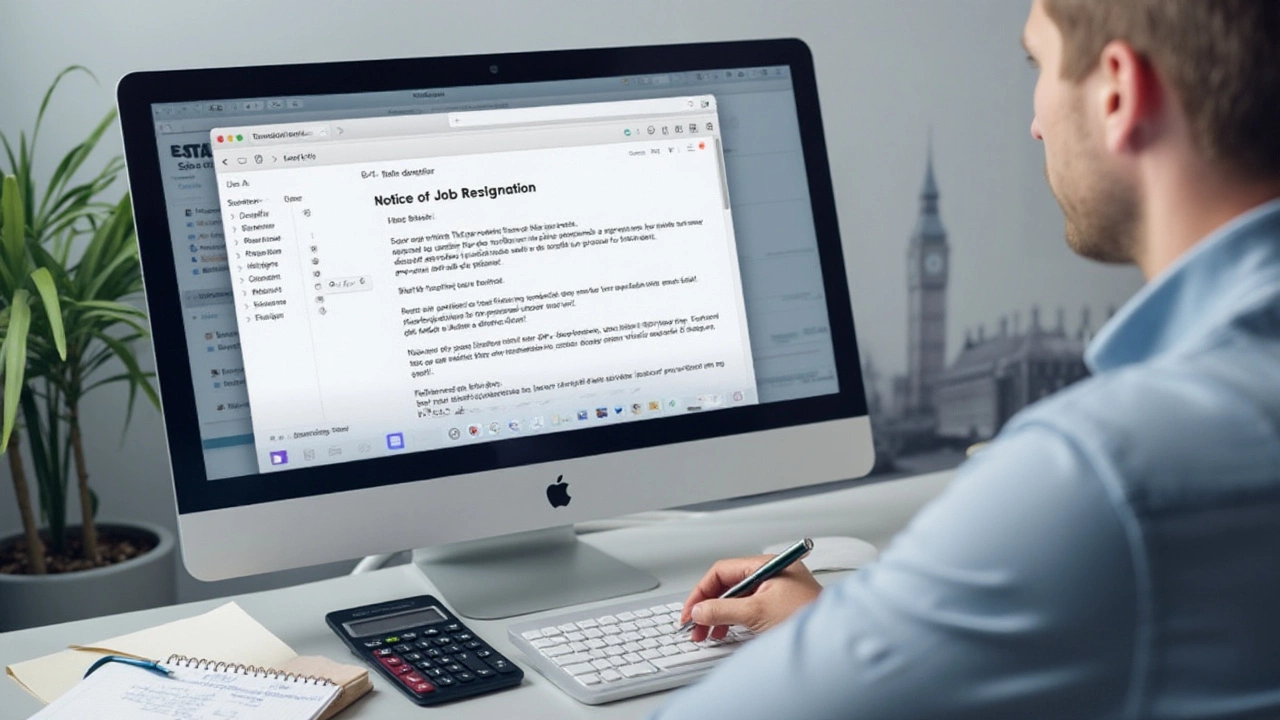Pension Management: Keep Your Retirement Secure
If you want a pension that actually works for you, you need to treat it like any other important asset – check it regularly, understand the risks, and make adjustments when needed. The UK pension landscape is changing fast, so staying on top of the details can mean the difference between a comfortable retirement and a shortfall.
Key Areas to Review in Your Pension
First, look at the type of plan you have. Defined benefit schemes promise a set income, while defined contribution pots depend on how much you and your employer have put in and how the investments perform. Knowing which one you hold helps you decide where to focus your effort.
Next, check your investment mix. A common mistake is leaving everything in cash or a single fund. Diversifying across equities, bonds and low‑cost index funds spreads risk and can boost returns over the long run. Use the risk‑profile tools on your provider’s site to see if the current mix matches your age and comfort level.
Don’t forget fees. Management charges, platform fees and transaction costs eat into your pot, especially on smaller balances. Compare your provider’s fees with alternatives – even a 0.5% difference adds up over decades.
Finally, schedule an annual “pension health check”. Pull your latest statement, compare it with the projections in the article “How Risky Is a Pension? Understanding Pension Security in 2025”, and ask yourself if you’re on track to meet your retirement goals.
Common Mistakes and How to Avoid Them
One big trap is assuming your pension is untouchable. While it’s true you can’t access most UK pensions before age 55, you can still make choices that affect the eventual payout. Ignoring a pension drawdown option, for example, might lock you into a lower income later.
Another mistake is chasing market hype. The post “Key Disadvantages of Pensions: What to Watch Out For in Retirement Planning” warns that chasing high‑risk assets just because they’re popular can hurt you when the market turns. Stick to a balanced strategy that matches your timeline.
Leaving your pension with a single provider because it’s convenient can also limit growth. Consider a pension transfer if it gives you access to better funds, lower fees or more flexible withdrawal options. Always get a free, impartial transfer analysis before moving anything.
Lastly, don’t neglect tax benefits. Contributing the maximum allowable amount each year not only boosts your pot but also reduces your income tax bill. The UK government offers tax relief on pension contributions – it’s free money you’re leaving on the table if you skip it.
Putting these steps into practice doesn’t require a finance degree. Start by signing into your pension portal, download the latest statement, and spend 15 minutes reviewing the categories above. If anything looks off, jot it down and schedule a call with your adviser. A small, consistent effort today can protect the income you’ll rely on tomorrow.

Thinking about quitting your job but unsure how it affects your pension? This article explores essential considerations for managing your pension when changing employment. Discover what happens to different types of pensions and the steps to take to protect your retirement nest egg. Whether you're opting for a new job or taking a career break, understanding pension implications empowers you to make informed decisions.
Read More